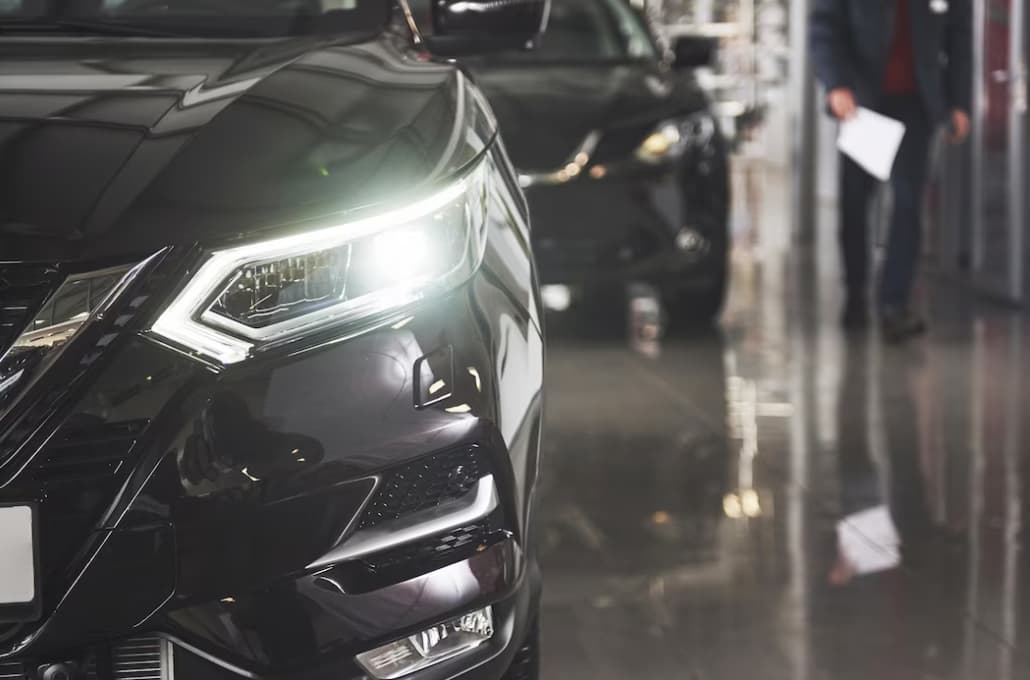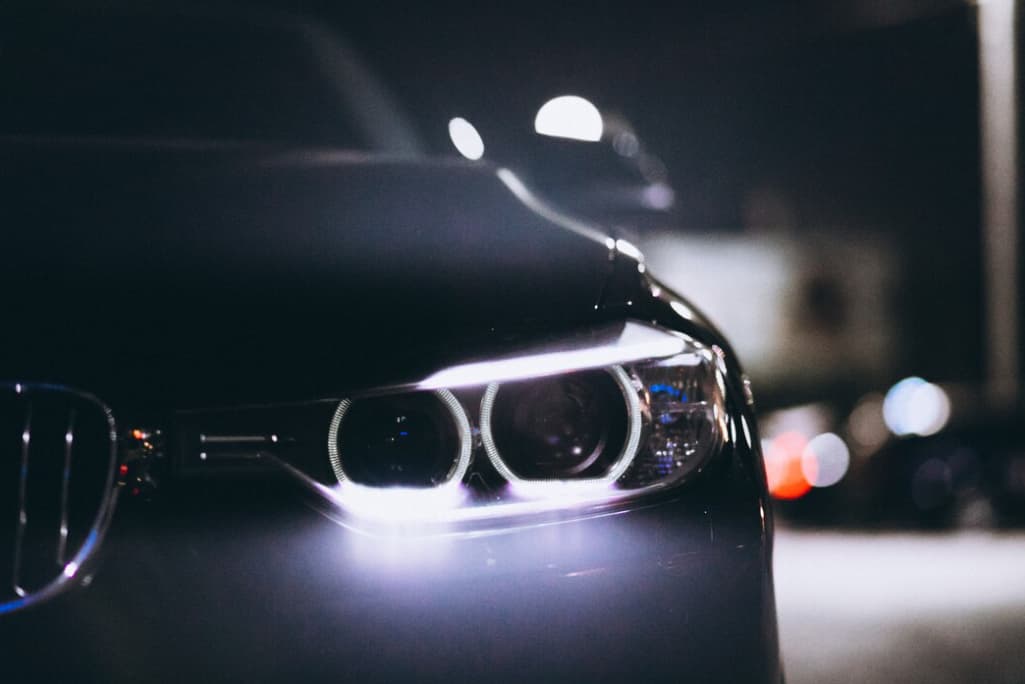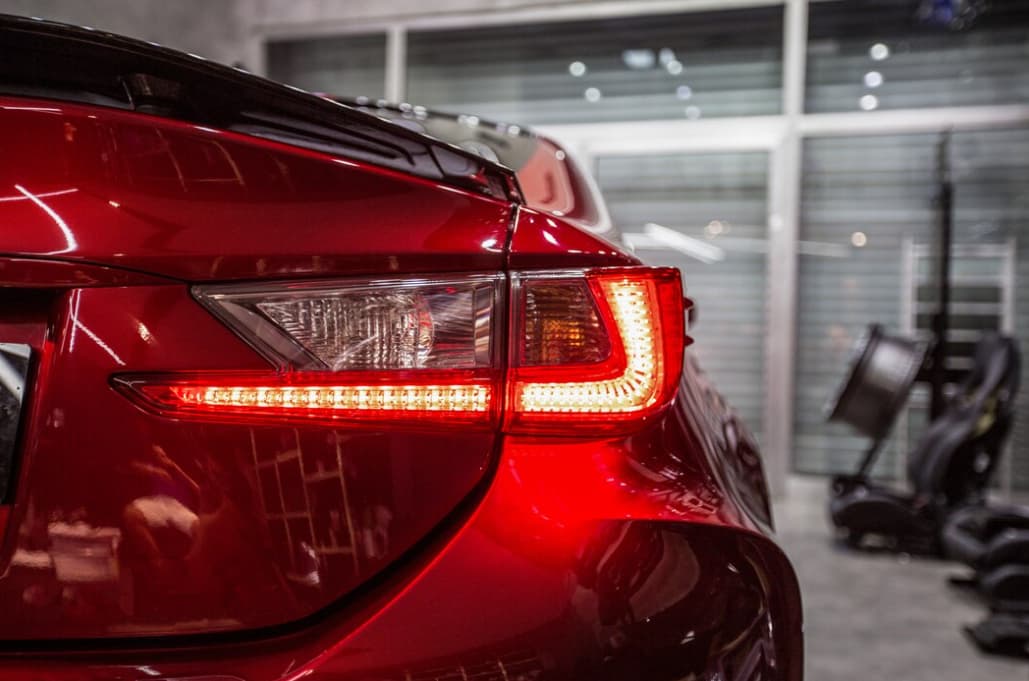Innovations and Trends in Automotive Lighting Design
Automotive exterior lighting is a vital element of any vehicle. These lighting fixtures play distinct roles in illuminating the road, signaling drivers’ intentions, and adding to the aesthetic appeal of the car. Exploring the dynamic landscape of automotive product design, this article delves into the latest Innovations and Trends in Automotive Lighting Design, showcasing how cutting-edge concepts and technologies are shaping the future of vehicular illumination. This detailed guide explores the intricacies of automotive exterior lighting, shedding light on the types, materials, and design considerations involved.
Layers of Automotive Interior Lighting
Automotive interior lighting, spanning the realms visible to both drivers and passengers, is typically categorized into three segments: displays and indicators, interior functional illumination, and accent lighting.
- The first category encompasses lights providing essential information to the driver, such as dashboard data or intricate details like GPS directions, menu-driven displays, and head-up displays (HUDs). The forthcoming era of automotive displays may usher in fully customizable digital cockpits. Critical attributes for display and indicator lighting include color, luminance, and luminance uniformity;
- Moving to the second classification, interior illumination lights enable visibility within the vehicle. Examples include dome lights, mirror lights for facial illumination, map and reading lamps, and storage lights. Design considerations for these lights involve precise spatial light distribution for specific tasks, adequate illuminance levels, and uniformity—all while avoiding glare. Color is also a crucial secondary metric for both visibility and mood lighting;
- Lastly, accent lighting serves as a stylistic element, adding personal touches to the automotive interior’s ambiance. It aids in locating controls and features in the darkened cabin, such as power window controls, radio buttons, and cupholders. In contrast to interior illumination, accent lighting generally employs lower illumination levels, focusing on visibility rather than illuminating other objects. Designers must prioritize metrics like color, visual uniformity, and appropriate light levels for these systems.
Components of Automotive Exterior Lighting
Every exterior light in a vehicle houses several critical components. Below, we delve into each key component:
- Light Sources or Bulbs: The light bulb is the heart of the lighting system, which emits light fulfilling the illumination function. Technical advancements have led to the evolution of light sources in the car industry, from traditional halogen bulbs to energy-efficient LED bulbs and high-intensity Xenon bulbs;
- Reflectors: Reflectors are integral to the automotive lighting system, serving to manipulate and redirect the light emitted from the bulb. These components vary with the specific exterior light application and are often crafted from materials that boast high reflectivity, like certain metals, to guide the light appropriately;
- Lenses: Lenses serve a dual purpose in car lighting: they shape the trajectory of the light while also safeguarding the bulb. Depending on the lighting requirement, lenses might be constructed from either glass or polycarbonate and come in a multitude of designs and textures, which contribute to the distinctive appearance of the vehicle’s lights;
- Housing: The housing is the robust enclosure that holds all elements of the exterior light together, ensuring they remain secure and operational. Made from durable materials such as hard plastic or metals like aluminum and steel, it is designed to endure the rigors of the environment and protect against external factors.
Roles and Significance of Vehicle External Lighting Systems
Vehicle external lighting systems fulfill a variety of roles:
- Illumination: The primary role of headlights is to illuminate the path ahead, enabling drivers to see and be seen, thereby detecting any hazards or crucial road markers even during night or adverse weather conditions;
- Communication: Rear and side indicator lights are essential for conveying a driver’s maneuvers, such as turns and deceleration, to other road users, aiding in the prevention of accidents;
- Enhanced Visibility: Specialized lights like Daytime Running Lights (DRLs) and fog lights are designed to improve a car’s conspicuity during daylight and in foggy conditions, respectively, thereby bolstering on-road safety;
- Design Element: Beyond functionality, exterior lights play a significant part in the aesthetic value of a vehicle, with their designs adding to the overall style and character of the car.
Essential Materials in Vehicle External Lighting Construction

Materials selected for external automotive lighting are critical, with priorities given to endurance, optical properties, and environmental resistance. Widely utilized materials include:
| Material | Characteristics |
|---|---|
| Polycarbonate | Resilient, lightweight, and optically clear; preferred for lens production |
| Glass | Scratch-resistant, maintains clarity without yellowing, less shatterproof compared to polycarbonate |
| ABS and PMMA | Economical plastics, suitable for light parts not requiring light conduction |
| Aluminum | Excellent thermal conductivity, lightweight; ideal for reflective surfaces and structural parts |
| Sealants | Rubber or silicone components used to seal and shield light’s inner workings, enhancing durability |
Varieties and Functions of Vehicle External Illumination
Automotive external illumination encompasses a diverse range of lighting fixtures, each designed for specific operational roles:
- Main Beams: These are the central lighting elements for vehicles, crucial for navigating through the dark or in dim lighting scenarios;
- Rear Position Lamps: Located at the back of the automobile, these lights are essential for indicating stopping or directional changes to trailing traffic;
- Daylight Illuminators: These are moderate-intensity lights aimed at increasing a car’s visibility during daytime driving;
- Weather-Adaptive Lights: Intense beams designed to cut through poor weather conditions such as fog, heavy rain, or snowfall, improving the driver’s vision;
- Direction Indicators: These are blinking lights that alert other road users to a driver’s intended direction shifts or lane transitions;
- Stop Lamps: These are the lights that shine more intensely when the vehicle is braking, alerting others to decelerate or come to a halt.
Principles and Criteria for Vehicle External Light Design
The development of vehicle external lighting is governed by various pivotal factors:
- Regulatory Compliance: Adherence to established standards and legal mandates regarding luminosity, dispersion, hue, positioning, and discernibility is essential in light design;
- Design and Visual Appeal: The configuration, dimensions, and layout of the lighting fixtures significantly influence a vehicle’s visual identity and appeal;
- Aerodynamic Integration: Lighting designs should be aerodynamically efficient to reduce air resistance and enhance fuel economy;
- Illumination Management: Material selection is crucial for achieving optimal light spread, ensuring adequate visibility while avoiding excessive glare;
- Energy Conservation: Consideration of the lighting system’s energy demands is vital for achieving overall vehicular energy efficiency.
Framework for Creating Vehicle External Lighting Systems
The creation and advancement of vehicle external lighting systems are methodical endeavors involving multiple phases:
- Initial Concept Development for Lighting Systems: Design teams brainstorm preliminary concepts, taking into account the vehicle’s design ethos, functional necessities, and adherence to legal guidelines;
- Digital Modeling and Visualization: Utilizing computer-aided design (CAD) tools, designers craft 3D representations of the light assemblies to scrutinize the design, assess practicality, and refine the prototype;
- Prototyping and Empirical Evaluation: Physical models are fabricated and subjected to extensive testing to confirm their performance standards and longevity;
- Production Roll-out: Following prototype approval, the production phase commences, which includes the selection of materials, acquisition of parts, and establishment of assembly lines.
Strategic Role of Adaptive External Lighting in Vehicles
Adaptive external lighting systems in vehicles are integral for dynamic illumination. They automatically modify beam intensity and orientation to align with road conditions, vehicular speed, trajectory, and surrounding traffic, thus enhancing nocturnal and adverse weather visibility and safety.
Economic and Functional Merits of Automotive LED Illumination

LED illumination is esteemed in the automotive sector for its efficiency, longevity, and superior luminosity compared to traditional lighting solutions. Although the upfront costs are higher than those of conventional bulbs, the long-term benefits, including energy savings and reduced maintenance, render LED lights an economically sound choice.
Conclusion
In conclusion, the significance of automotive exterior lights extends beyond enhancing the aesthetic appeal of vehicles; it plays a pivotal role in ensuring driving safety. Manufacturers, armed with a comprehensive understanding of these lighting systems, are better positioned to design and produce lights that not only meet regulatory requirements but also deliver essential functions and contribute to an overall enhancement of vehicle aesthetics.
FAQ
LED headlights provide brighter illumination while consuming less power, resulting in a longer lifespan and fewer replacements. However, it’s important to note that LED headlights come with a higher initial cost.
In most cases, yes. Ensure compatibility with your vehicle model and seek professional advice if necessary.
The choice depends on the specific component. For reflectors and housing, CNC machining is suitable, while injection molding is ideal for mass production. 3D printing may be the best option for intricate testing components. Automotive exterior lighting plays a crucial role in enhancing safety, signaling intentions, and improving a vehicle’s aesthetic appeal during night-time journeys. A comprehensive understanding of these lighting systems, including components, functions, materials, and types, empowers manufacturers to create solutions that not only meet regulatory standards but also elevate the visual appeal of vehicles. As technology advances, we anticipate innovative lighting designs that will further enhance driver safety and enrich the overall driving experience.

Leave a Reply